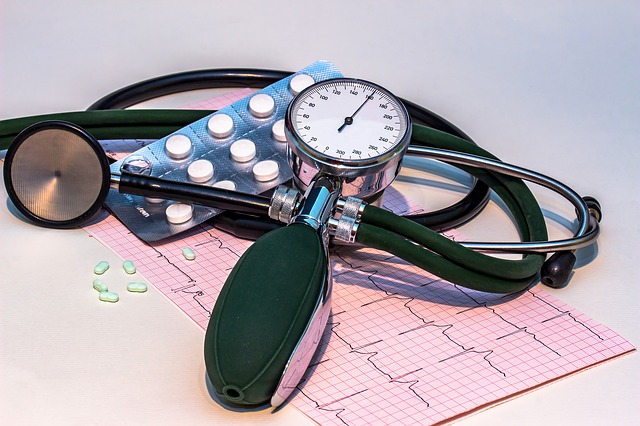
In an aging person falling and getting injured is a major health concern. It can be attributed to overall weakness, weak standing balance, pharmacotherapy. But a recent study suggests that atrial fibrillation (AF) is a substantial contributor to the risk of falls.
Recent research in Denmark was published in Journal of the American Geriatrics Society, on 24 July 2019 found that in Atrial Fibrillation patients aged 65 years and older, Anti-Arrhythmic Drugs use was associated with a higher risk of fall‐related injuries and syncope.
Being a physiotherapist I get to deal with lots of aging person and falling and getting injured is actually their main concern. It would be interesting to learn more about this research.
So, let’s get started.
Research methodology
The research was done on the Danish population and it was a register-based retrospective cohort study. Researchers took data from:
- The Civil Registration System (that includes data on sex, age, and vital status).
- The Danish National Patient Registry (that has information on date of hospital admissions in Denmark and date of discharge along with one primary diagnosis and secondary diagnoses).
Total of 100 935 patients was selected for the research who were aged 65 years or older with the complaint of Atrial fibrillation. They also had a prescription of rate‐lowering drugs (RLDs) and/or anti‐arrhythmic drugs (AADs).
They took out data form register and reviewed all the data from year 200 to 2015.
The researchers examined the medication the patients took to control their heart rhythms. Prescriptions were for beta-blockers, certain calcium channel blockers (diltiazem, verapamil), and digoxin. Other medications included amiodarone, flecainide, and propafenone.
Then the researchers looked for those patients who had emergency department visits or hospital admissions for fainting, fall-related injuries, or both.
Fall-related injuries were defined as fractures of the thigh, elbow, forearm, wrist, shoulder or upper arm, pelvis, and skull, as well as major and minor head injuries.
Result
The researchers followed the patients for about two and a half years during which they found that:
- 17 132 (17.0%) experienced a fall‐related injury,
- 5745 (5.7%) had a syncope, and
- 21 093 (20.9%) experienced either.
There were 40 447 (40.1%) deaths without a fall‐related injury or syncope.
The outcome of the nature of fall-related injuries:
- Most were fragility fractures (n = 10 429 [60.9%]), and
- The rest were major or minor head injuries.
- The two most predominant fractures were of the femur (n = 5211 [30.4%]) and lower arm or elbow (n = 2214 [12.9%]).
The researchers reported that the medication amiodarone was significantly associated with increased risk, whether it was prescribed alone or with other heart rhythm drugs. The medication digoxin was slightly associated with fall-related injuries.
They also found that people were at higher risk for an injury within the first 90 days of treatment, and especially within the first 14 days of treatment.
Conclusion
In AF patients aged 65 years and older, AAD use was associated with a higher risk of fall‐related injuries and syncope, and the risk was highest within the first 14 days for those treated with AADs. Only amiodarone use was associated with a higher risk.
Source:
Rate or Rhythm Control in Older Atrial Fibrillation Patients: Risk of Fall‐Related Injuries and Syncope. 24 July 2019, Journal of the American Geriatrics Society. doi.org/10.1111/jgs.16062.
The author is a physiotherapist who has been practising for the last 17 years. He holds a Bachelor's in Physiotherapy (BPT) from SVNIRTAR (Swami Vivekananda National Institute of Rehabilitation and Research), one of the prestigious physiotherapy schools in India.
Whatever he learns dealing with his patient, he shares it with the world through blogs and e-books. He also owns a YouTube channel, "Sunit Physiotherapist" with over 8 lakh active subscribers. Here, he shares everything he gets to learn serving the patient.





